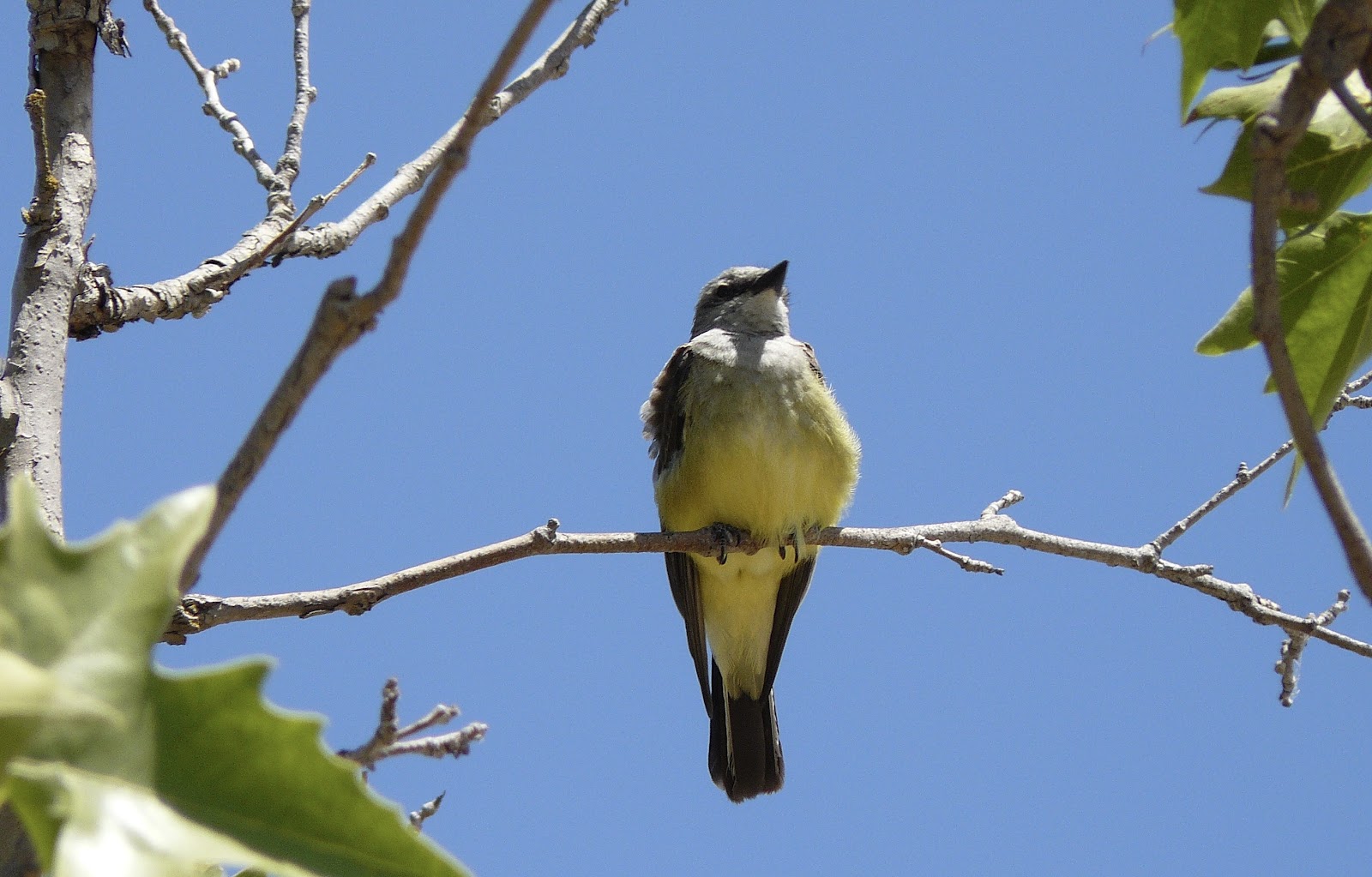Turri Road - Los Osos Ca - Seeking a White-faced Ibis and a Solitary Sandpiper. I was headed east on Turri Road, a scenic rural route between South Bay Blvd and Los Osos Valley Road. From South Bay Blvd I traveled about a mile and a half to a dilapidated cattle pen, nearly adjacent to an ephemeral pond/wetland, often used by cattle and migratory birds.
Fortune shined this cloudy morning. The White-faced Ibis were peacefully feeding in the wetland, their glossy maroon and metallic green feathers appearing to shimmer in the morning light.
White-faced Ibis, with their long decurved bill, eat a variety of organisms such as insects, frogs, snails, small fish, spiders, and earthworms.
The Solitary Sandpiper was difficult to locate as it was feeding in tall grass. Now and then I caught a glimpse. Finally it came out of the grass and I was able to identify the little darling. What proved to be helpful was its tendency to bob. Every time her tail went up, it exposed her startlingly white "derriere." Her movement was similar to the Spotted Sandpiper's tail bobbing, but slower.
The Solitary Sandpiper is smaller than a Lesser Yellowleg and larger than a Western Sandpiper; it has distinctive white eye rings, and greenish/yellow legs. It prefers to forage in small stagnant pools, just like the one off Turri Road.
Adding to the marvelous morning was a "wake" of Turkey Vultures feeding on a small raccoon carcass. Several were in the air, circling, while others perched on the nearby fence. I am charmed by their gentleness and patience.
Up the hillside from the pond/wetland is an isolated section of fence. When I arrived four turkey Vultures were perched on the fence. Joining the Vultures was a Western Bluebird and a Cassin's Kingbird. Both eat insects. From the fence they would fly up, hovering for several moments, checking the air and grassland for prey.
Cassin's caught its prey in mid-air while the Western Bluebird found its prey on the ground. With goals achieved, they returned to their original perch.
Other Birds of the morning - Across the road in a Willow/Sycamore/Oak thicket were Wilson's Warbler, Yellow Warbler, Song Sparrow, Oak Titmouse, Northern Flicker, and a Downey Woodpecker continually drumming.
The Ibis are gone now, but there is a good chance they will return next season, that is IF we get rain.
































